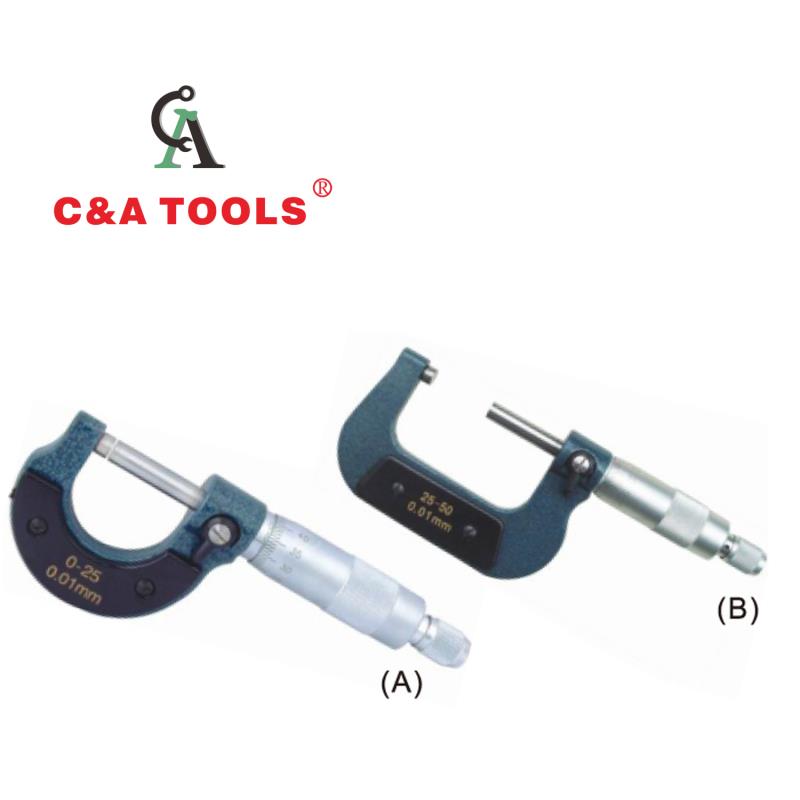- james@zj-tools.com
- +86 571 8830 3778
The Outside Micrometer is sandwiched between the micrometer with the scale and the object to be tested, so it looks like a sample of the Abbe principle. If there is a workpiece away from the straight line with a scale as a caliper, or a straight line that is not a parallel straight line is measured on the gauge, the bracket is not skewed and deformed under the action of the squeezing force, which can be seen to cause an error. Multiple factors are overlapping. On the other hand, the micrometer is very simple. Since there is a straight line between the part you want to measure and the part of the measured length, there are no more simple forms.
Use of ratchet
The micrometer has another design. This is a tricky issue. Although these measures are clamped at the front end of the anvil and the main shaft, the force that causes the thimble screw to be forced to be large, that is, the deformable frame micrometer as the workpiece is deformed, cannot be correctly measured. Therefore, we use a ratchet to make the measurement force constant.
In this way, since the well can be measured very accurately on the micrometer, or scaled with a vernier scale, those readings up to 0.001 mm···1 micron are also provided by digital display (digital micrometer).
Zero adjustment method (calibration)
In order to take advantage of the high precision of the micrometer, it is best to consider it again. An example is to make a large number of defective products by taking measurements without knowing that the origin is shifted. The micrometer failed because it was very accurate. This is a zero adjustment method.
For zero adjustment, you need a “reference rod” and a “Ratchet Wrench”. This is a special case when buying a micrometer. (0 to 25 mm does not include par)
